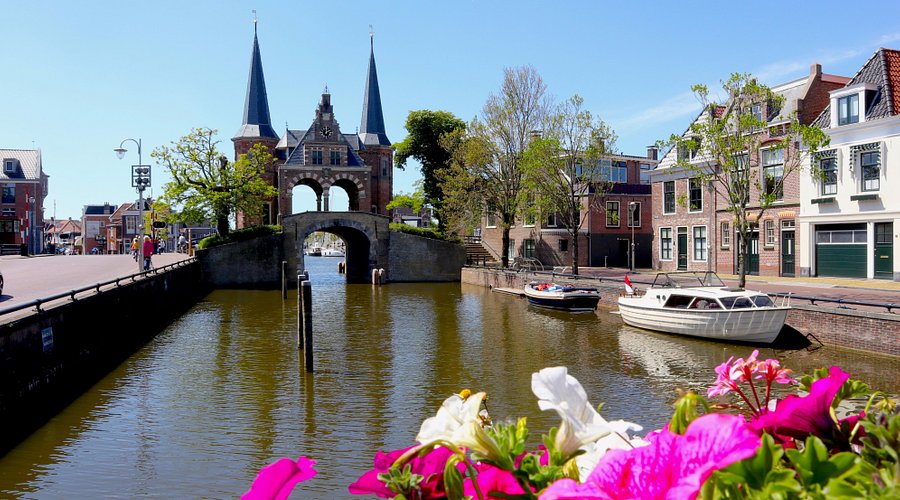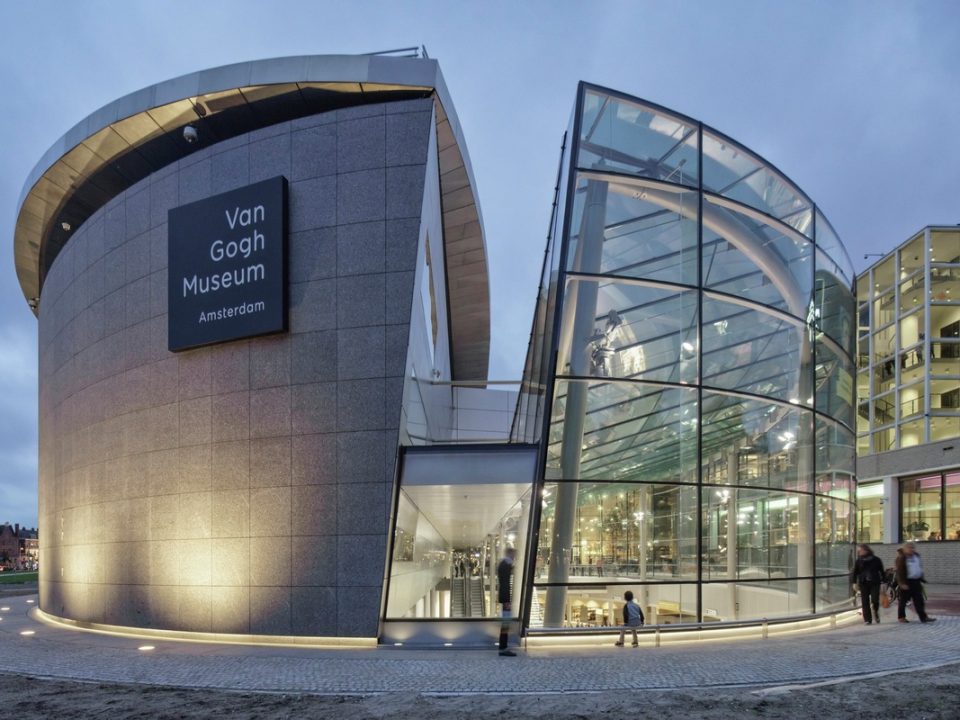Step into History: Your Ultimate Guide to the Anne Frank House in Amsterdam
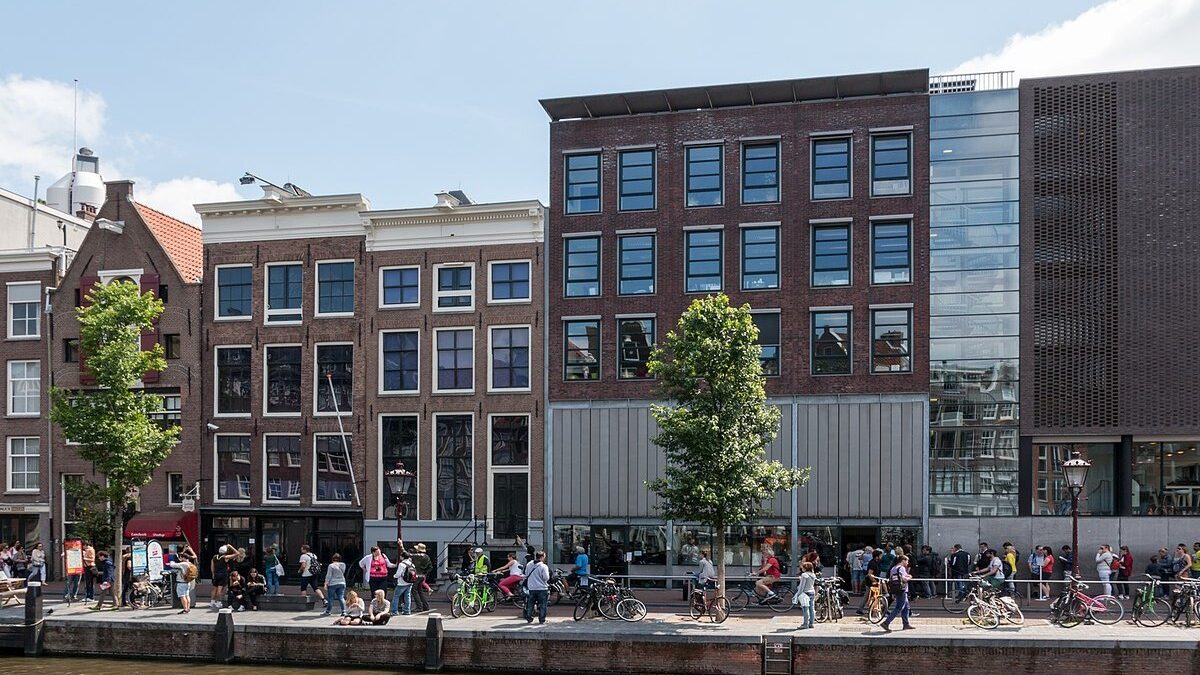
Step into History: Your Ultimate Guide to the Anne Frank House in Amsterdam
Welcome to the Anne Frank House, a poignant and powerful museum located in the heart of Amsterdam. This historic site offers a deep and moving insight into the life of Anne Frank and her family during World War II. As one of the most visited museums in the Netherlands, the Anne Frank House stands as a testament to the resilience of the human spirit and the enduring power of Anne Frank’s diary. This comprehensive guide provides everything you need to know for an unforgettable visit to the Anne Frank House, including its history, key attractions, and unique features.

A Glimpse into the History of the Anne Frank House
Historical Background
The Anne Frank House, located at Prinsengracht 263-267, was the hiding place of Anne Frank, her family, and four other Jews during the Nazi occupation of the Netherlands. The Secret Annex (Achterhuis) in this building is where Anne Frank wrote her famous diary, which has since become one of the most important and widely read books in the world.
Anne Frank’s Diary
Anne Frank began writing her diary on her 13th birthday in 1942. Over the next two years, she documented her life in hiding, her thoughts, fears, and hopes. Her diary provides a deeply personal and vivid account of the horrors of war and the indomitable human spirit. After the family was betrayed and arrested in 1944, Anne’s father, Otto Frank, the only survivor of the eight people in hiding, published her diary in 1947.
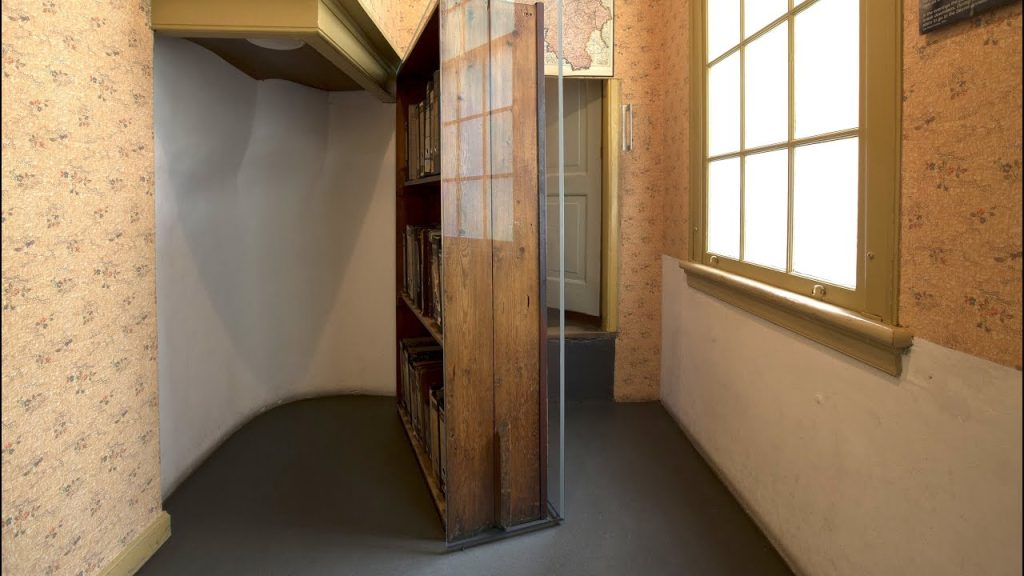
Visiting the Anne Frank House
The Secret Annex
The Secret Annex, where Anne Frank and the others hid, is the heart of the museum. Visitors can explore the hidden rooms behind the movable bookcase, experiencing the cramped and challenging conditions under which the group lived.
- Anne’s Room: See the preserved room where Anne Frank wrote her diary, with the original photos and magazine clippings she pasted on the walls.
- Living Quarters: Explore the other rooms of the annex, which have been preserved to give visitors a sense of the environment in which the Frank family and their friends lived in hiding.
The Main House
The main house includes the offices and storerooms of Otto Frank’s business, which provided cover for the Secret Annex. The museum has carefully preserved these areas to give visitors a sense of the building’s history and the day-to-day operations that took place there.
- Offices and Storerooms: Learn about the role of Otto Frank’s business and the brave helpers who provided food, supplies, and support to those in hiding.
- Historical Exhibits: Discover exhibits detailing the history of the Frank family, the Nazi occupation, and the persecution of Jews in the Netherlands.
Anne Frank’s Diary and Manuscripts
One of the most moving parts of the museum is the display of Anne Frank’s original diary and manuscripts. These artifacts provide a tangible connection to Anne’s life and her remarkable story.
- The Diary: See Anne Frank’s original red-checkered diary, along with the additional notebooks and papers in which she continued her writing.
- Manuscripts: Explore Anne’s handwritten manuscripts, including her short stories and the beginnings of her novel, which she hoped to publish after the war.

Special Exhibits and Features
Temporary Exhibits
The Anne Frank House regularly hosts temporary exhibits that explore various themes related to Anne Frank’s life, the Holocaust, and human rights.
- Changing Perspectives: These exhibits provide new insights and perspectives on Anne Frank’s story and its contemporary relevance.
- Interactive Displays: Engage with interactive displays that encourage visitors to reflect on the impact of prejudice, discrimination, and the importance of tolerance.
Educational Programs
The Anne Frank House is committed to education and offers a variety of programs for students, educators, and the general public.
- Workshops and Lectures: Participate in workshops and lectures that delve deeper into the history of the Holocaust, the life of Anne Frank, and the lessons we can learn from her story.
- School Programs: Schools can book guided tours and educational programs tailored to different age groups, helping students understand the historical context and the personal impact of Anne Frank’s diary.
Practical Information for Tourists
Getting There
The Anne Frank House is centrally located in Amsterdam and is easily accessible by public transportation.
- By Tram: Several tram lines stop near the museum, including lines 13, 14, and 17. The closest tram stop is “Westermarkt.”
- By Bus: Various bus routes service the museum area, with the nearest stop being “Westermarkt.”
- By Bike: Amsterdam is a bike-friendly city, and there are bike racks available near the museum for visitors who prefer to cycle.
Museum Hours and Tickets
The Anne Frank House is open daily, but hours may vary depending on the season. It is advisable to check the official website for the most up-to-date information on opening times.
- Online Tickets: Due to the museum’s popularity, it is highly recommended to purchase tickets online in advance. This not only guarantees entry but also helps avoid long lines.
- Timed Entry: Tickets are sold with a specific entry time to manage the flow of visitors and ensure a meaningful experience.
Accessibility
The Anne Frank House is committed to being accessible to all visitors. However, due to the historic nature of the building, certain areas, such as the Secret Annex, may be challenging for visitors with mobility issues.
- Accessibility Information: Detailed accessibility information is available on the museum’s website, including alternative options and support for visitors with disabilities.
- Assistance: Museum staff are available to provide assistance and support to ensure all visitors have a positive experience.
Tips for an Enjoyable Visit
Plan Your Visit
To make the most of your visit to the Anne Frank House, it’s helpful to plan ahead.
- Museum Map: Obtain a map of the museum upon arrival or download it from the website to help navigate the exhibits.
- Audio Guide: Consider renting an audio guide, available in multiple languages, which provides detailed information about the exhibits and Anne Frank’s story.
Reflection and Respect
Visiting the Anne Frank House can be a deeply moving and emotional experience. It’s important to approach the visit with a sense of reflection and respect for the significance of the site.
- Quiet Reflection: Take time to reflect on the exhibits and the powerful stories they tell.
- Respectful Conduct: Maintain a respectful demeanor throughout your visit, recognizing the historical and emotional weight of the museum.
Unique Features of the Anne Frank House
Virtual Reality Experience
The Anne Frank House offers a virtual reality experience that allows visitors to explore the Secret Annex as it was during the time of hiding.
- Immersive Technology: Use virtual reality headsets to see the Annex furnished as it was in the 1940s, providing a deeper understanding of the living conditions and daily life in hiding.
- Historical Accuracy: The VR experience is based on extensive historical research and offers a unique perspective on Anne Frank’s environment.
Online Resources
For those unable to visit in person, the Anne Frank House provides a wealth of online resources that bring Anne Frank’s story to a global audience.
- Virtual Tours: Take a virtual tour of the Anne Frank House and explore the museum from the comfort of your home.
- Educational Materials: Access a wide range of educational materials, including lesson plans, videos, and interactive content, designed to support learning about Anne Frank and the Holocaust.
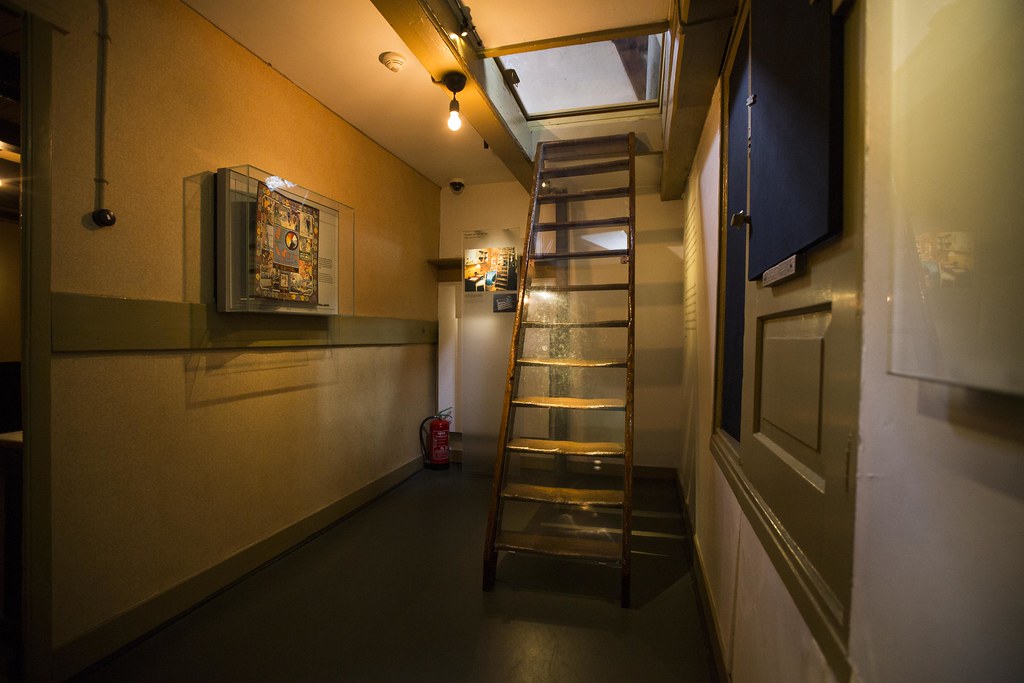
Conclusion
The Anne Frank House is more than just a museum; it is a powerful reminder of the impact of hatred and intolerance, and a testament to the enduring spirit of hope and resilience. From its historical significance and moving exhibits to its commitment to education and human rights, the Anne Frank House offers an unforgettable experience. Plan your visit to the Anne Frank House and step into a story that has touched millions around the world. Embrace the opportunity to reflect on the past, understand the present, and inspire a future of tolerance and compassion.

